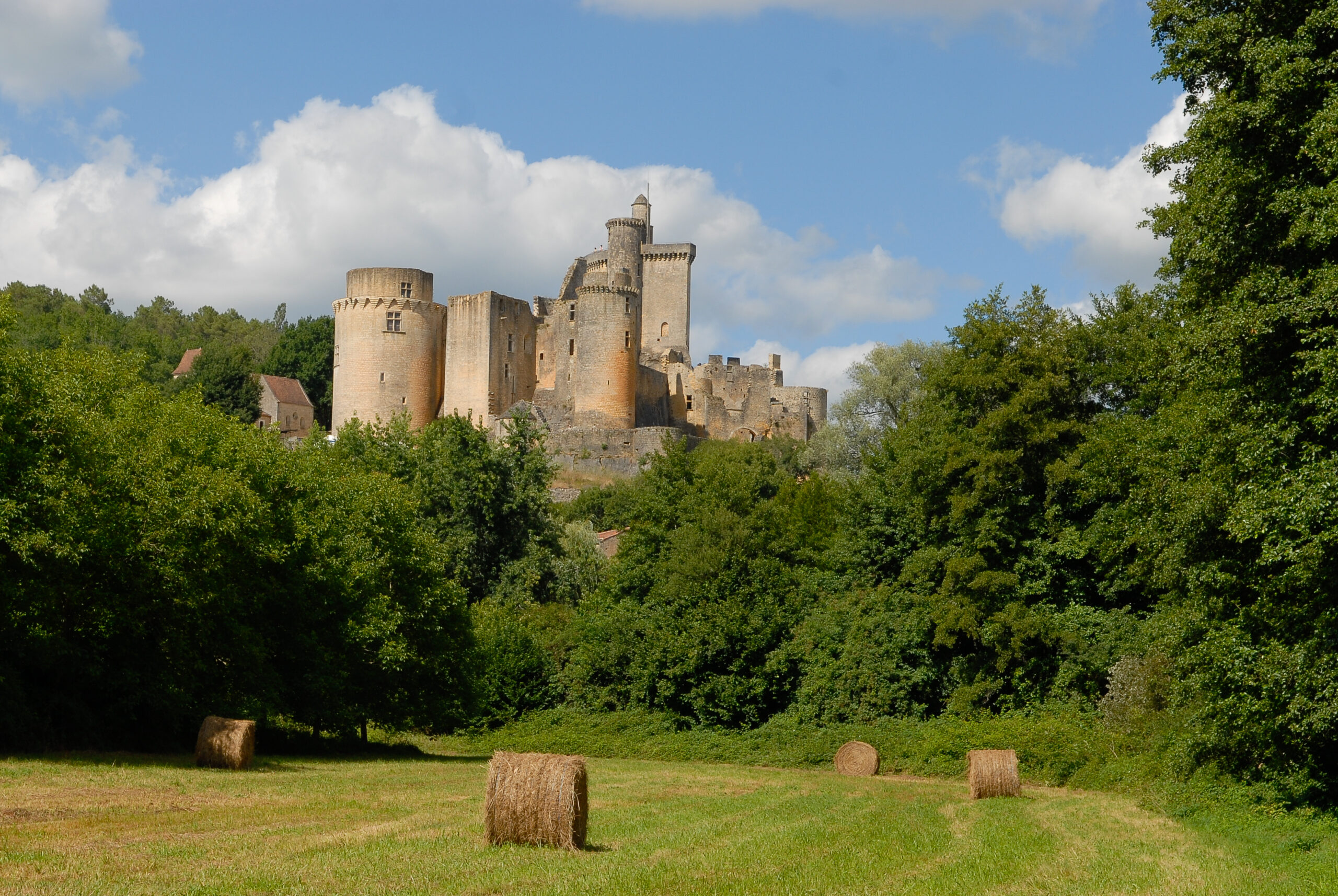France is dotted with hundreds of castles—some in ruins, others remarkably well-preserved. They’re part of the nation’s heritage that never fails to captivate visitors, often awakening our inner child. But among all these historic fortresses, which one was actually the last to be built?
Medieval Castles: A Late Blooming Phenomenon
First, it’s worth clarifying that while we associate castles with the Middle Ages, they actually only appeared toward the end of this period. Historians date the medieval era from the fall of the Roman Empire (around the 5th century) to Christopher Columbus’s arrival in the Americas in 1492—roughly a thousand years.
It wasn’t until after the year 1000 that these fortified structures, at least as we picture them today, began spreading across France and the rest of Europe. With the decentralization of royal power under feudalism, rivalries between local lords, invasions of all kinds, and advances in construction knowledge and techniques, the fortified castle—serving both as a defensive stronghold and the seat of local power—was bound to flourish.
France alone may have had between 40,000 and 50,000 castles during the medieval period. While many have vanished, an estimated 13,000 remain standing today in various states of preservation. Among them stands the one that experts agree was the last built on French soil: Château de Bonaguil in the Lot-et-Garonne department.
Though Bonaguil holds the distinction of being France’s last medieval fortress (excluding the special case of Guédelon, which we’ve covered before), it’s not located in a town of the same name. You’ll need to head to Saint-Front-sur-Lémance, a small village of 500 residents in Lot-et-Garonne between the Périgord and Quercy regions.
While construction actually began in the late 13th century, the bulk of the work took place two centuries later, with the castle finally completed around 1510. This lengthy building process meant the imposing fortress was finished—and never attacked—at a time when such fortifications had become obsolete. The medieval era was ending, and more importantly, new gunpowder artillery had emerged that could easily outperform the old stone projectiles. Medieval castles simply weren’t designed to withstand this new weaponry. It marked the end of an era—after Bonaguil, no more fortified castles would ever be built. A century and a half later, a certain Vauban, military engineer and architect, would revolutionize defensive design entirely.
Today, while not the most visited castle in the region, Bonaguil remains remarkably well-preserved and attracts tens of thousands of visitors annually. The fortress has gained recognition through films shot on location and hosts several summer festivals, including a theater festival (launched in 1962), a comic book festival (“Bonabulles”), and a historical reenactment event (“Les Médiévales”). All excellent reasons to pay it a visit…

